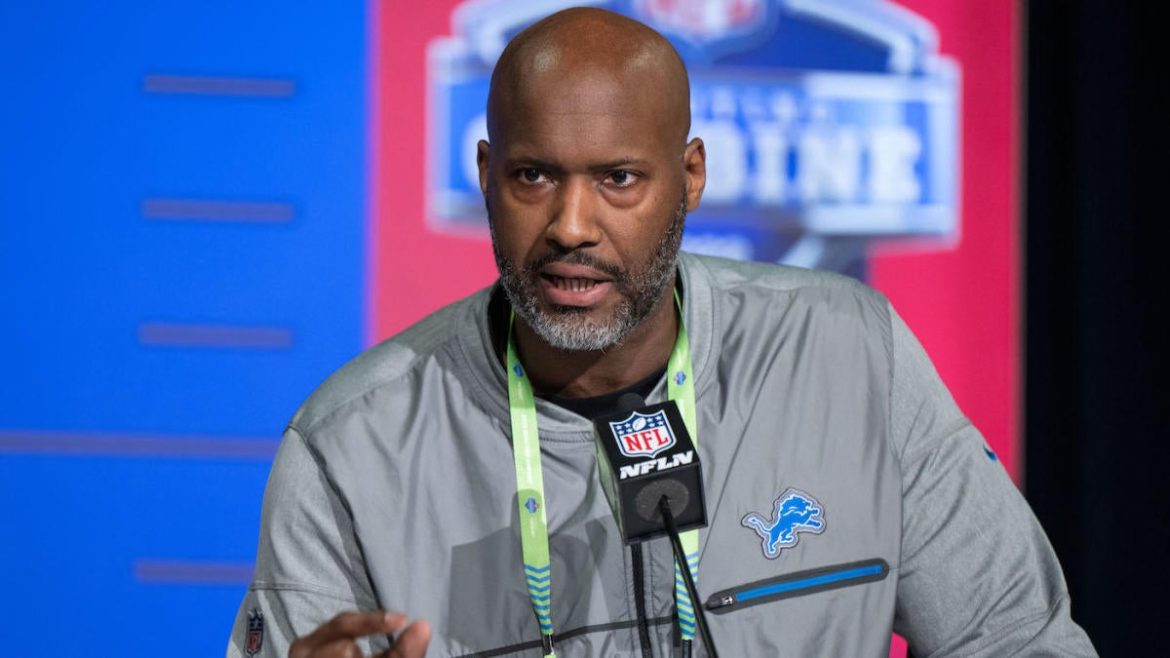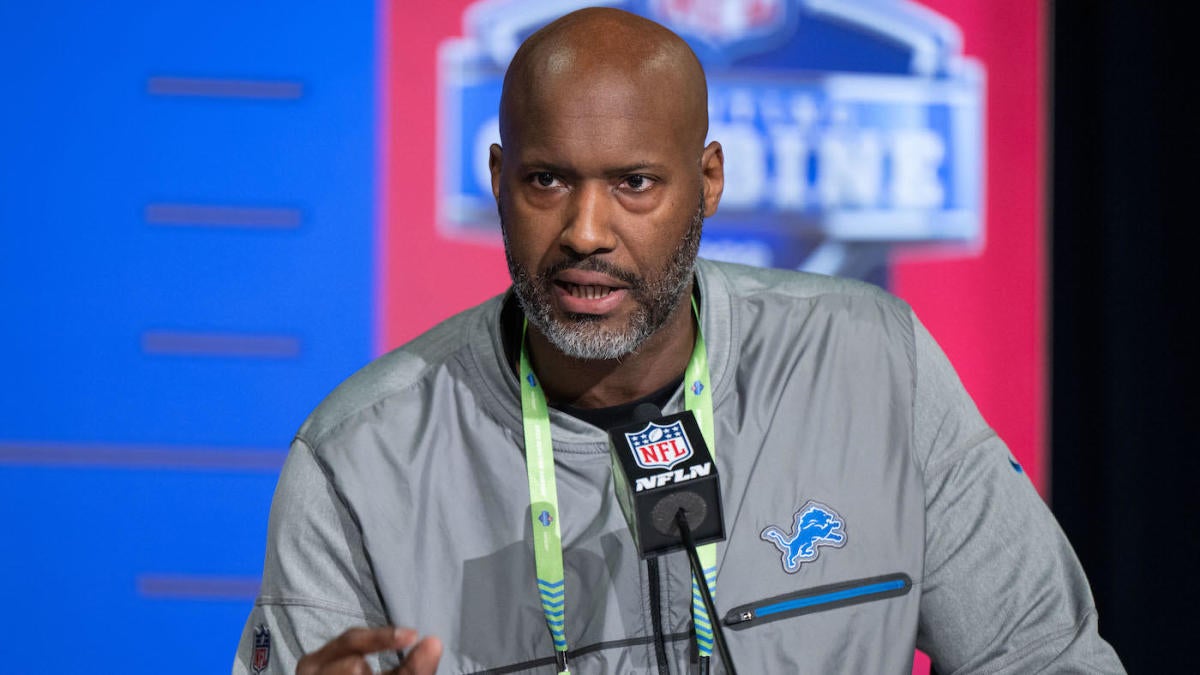The recent discourse surrounding the Detroit Lions and their approach to the 2025 NFL Draft highlights a clear strategic focus coupled with evident challenges, especially in addressing their pass-rushing needs. This analysis synthesizes multiple insights from draft reports, trade rumors, and expert evaluations to provide a comprehensive view of the Lions’ draft maneuvers and their implications.
Navigating Limited Draft Capital
Heading into the 2025 NFL Draft, the Detroit Lions faced constraints with only seven selections, featuring a single pick in each of the first four rounds and two picks within the top 100. This limited capital necessitated precision in decision-making and potentially influenced their inclination to engage in trades. For instance, the Lions executed a trade-up move to secure Georgia guard Tate Ratledge with the 57th overall pick, indicating a willingness to maneuver within the draft to fill priority positions.
This scarcity of picks likely contributed to the complexity of their approach toward strengthening key areas, especially the defense. The scarcity amplifies the value of each pick, rendering trades both a risk and an opportunity to balance positional needs with the caliber of available prospects.
Pass Rush: The Most Pressing Concern
The Lions’ edge rush group emerged as a focal point of intense scrutiny. Despite the presence of star pass rusher Aidan Hutchinson, depth beyond him was noted to be lacking. This gap triggered speculation and reports that the franchise actively sought to trade up in the first round to draft an elite pass rusher, with particular mentions of attempts to move ahead in the draft order that ultimately did not materialize.
Some reports conveyed that the Lions did not address the edge rusher position in the early rounds through their picks, opting instead to draft Ahmed Hassanein, a rotational edge rusher, in the sixth round. This decision drew mixed reactions as the team seemingly delayed addressing this critical defensive weakness, which many analysts portrayed as a risk to the team’s defensive integrity heading into future seasons.
Interestingly, the Lions had also reportedly executed a blockbuster trade for star pass rusher Za’Darius Smith near the NFL deadline prior to the draft, suggesting the organization’s intent to bolster pass rushing through multiple avenues rather than relying solely on draft prospects.
Attempts and Resistance to Trading Up
Information indicates the Lions entertained multiple trade proposals to move up in the draft early on but held firm on certain offers—most notably, declining a trade-up request from the Philadelphia Eagles in the first round. This decision suggests a calculated approach to trading up: the Lions appeared selective, likely governed by a specific valuation of players and their draft board rather than conceding to external pressures.
Brad Holmes, the Lions’ general manager, expressed interest not only in standout players like Jameson Williams but also in exploring trade possibilities for acquiring pass rush talent, underscoring a balance between player evaluation and strategic asset management.
Draft Strategy and Team Construction Philosophy
The Lions’ draft approach in 2025 reflects a nuanced philosophy: they focus on acquiring talent aligning with their board priorities over drafting by positional need alone. For example, rather than reaching for an edge rusher just because it is a need, the Lions waited for prospects who fit their criteria. This method can foster longer-term success by emphasizing quality and team fit, although it risks leaving immediate needs less addressed.
Moreover, the Lions’ draft class included moves that aimed at depth and future potential, evidenced by selections such as Tate Ratledge on the offensive line and multiple picks aimed at skill positions. This indicates an intent to build a well-rounded roster capable of supporting their star performers.
The Broader Implications
The trade-up scenarios and draft choices bring to light a broader challenge facing the Lions: balancing immediate competitiveness with sustainable roster building. The pass rush deficit, in particular, is a notable vulnerability in a league increasingly favoring high-pressure defense. Lack of sufficient edge rush depth could limit the defensive unit’s impact and overall team success unless supplemented through free agency or subsequent drafts.
On the other hand, the Lions’ willingness to make bold trade moves—such as the Smith acquisition and the Ratledge trade-up—signals an aggressive front office strategy to push the team toward contention. This balance of patience in the draft and aggression in trades suggests a front office conscious of both present and future imperatives.
Conclusion: A Season of Strategic Calculus and Calculated Risks
The Detroit Lions’ 2025 NFL Draft experience illustrates the complex calculus teams face when constrained by limited picks yet eager to accelerate competitive progress. Their apparent desire to prioritize draft board fit over immediate need addressing, combined with selective but impactful trades, reflects a confident front office grappling pragmatically with roster construction challenges.
The clear focus on the pass rush—through trade acquisitions and late-round picks—reveals acknowledgment of the team’s key weakness. Whether these measures suffice remains contingent on player development and potential future transactions. Regardless, the Lions’ approach distinguishes them as a team blending patience with opportunism, charting a course that may well define their trajectory in the NFL years to come.





